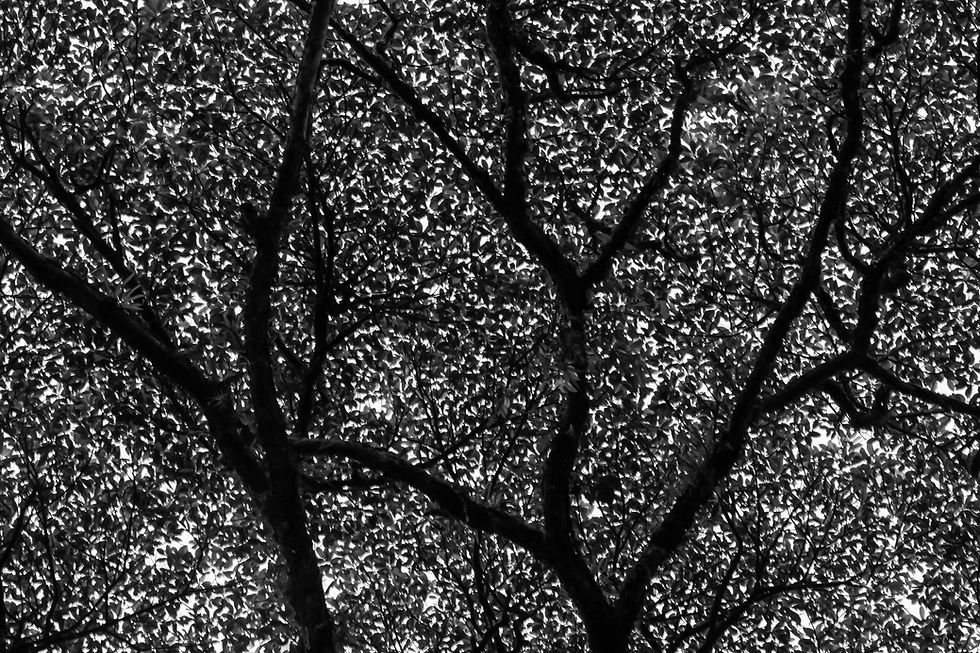Common Mistakes Homeowners Make When Trimming Trees and Bushes
- Wilzave Quiles Guzmán
- Apr 1
- 3 min read
Avoid These Costly Tree Trimming Mistakes

Trimming trees and bushes is essential for a healthy, well-maintained landscape. However, improper trimming techniques can lead to tree damage, poor growth, and even legal issues in certain areas of Southern California. Whether you're maintaining your own yard or considering professional help, avoiding these common mistakes can save you time, money, and frustration.
In this guide, we'll cover the biggest tree and bush trimming mistakes homeowners make, and provide expert advice on how to do it correctly.
1. Over-Trimming (AKA Tree Topping)
One of the most damaging mistakes is over-trimming or "tree topping." This involves cutting back too much of the canopy, which can:
Weaken the tree, making it more susceptible to disease and pests.
Disrupt healthy growth patterns, leading to weak, unstable branches.
Cause sun-scald, where too much sun exposure damages bark and leaves.
✅ Expert Tip: Trim no more than 25% of a tree’s canopy at a time. If significant pruning is needed, spread it out over multiple seasons.
2. Using Improper Cutting Techniques
Making the wrong cuts can cause long-term harm. Common cutting errors include:
Flush cuts: Cutting too close to the trunk removes the protective branch collar, leading to decay.
Stub cuts: Leaving a stub that doesn’t heal properly, inviting disease and pests.
Topping cuts: Cutting off large branches indiscriminately, leading to weak new growth.
✅ Expert Tip: Use the 3-cut method for large branches—make an undercut, a second cut further out, and then remove the stub cleanly.
3. Trimming at the Wrong Time of Year
Not all trees should be trimmed at the same time. Trimming at the wrong time can lead to poor growth and health issues.
Spring-flowering trees should be trimmed after they bloom, not before.
Deciduous trees are best trimmed in late fall or winter, when they are dormant.
Avoid summer trimming, as it can stress the tree during hot months.
✅ Expert Tip: Research your specific tree species or consult a certified arborist for the best timing.
4. Ignoring Tree and Shrub Growth Patterns
Many homeowners trim without considering the natural growth habit of the tree or bush. This can lead to unnatural shapes, weak branch structures, or excessive regrowth.
✅ Expert Tip: Follow the tree’s natural branch structure and only remove branches that are dead, diseased, or structurally unsound.
5. Not Sanitizing Tools Between Cuts
Tree diseases can easily spread if you don’t clean your pruning tools. Bacteria and fungi can transfer from one plant to another, causing infections.
✅ Expert Tip: Disinfect pruning tools with a 10% bleach solution or rubbing alcohol between cuts, especially when dealing with diseased trees.
6. Trimming Trees Near Power Lines
Many homeowners make the dangerous mistake of trimming branches near power lines. This can lead to serious injury, fire hazards, or power outages.
✅ Expert Tip: If your trees are near power lines, contact Southern California Edison (SCE) or Los Angeles Department of Water and Power (LADWP) to request professional trimming services.
7. Ignoring Local Tree Trimming Regulations
Certain trees in Los Angeles, Riverside, and other Southern California areas are protected, and trimming them without a permit can result in hefty fines.
✅ Expert Tip: Check your city’s tree maintenance regulations before making any major cuts:
8. Trimming Too Close to the Trunk (Over-Pruning)
Removing too many lower branches, also known as lion-tailing, can make trees structurally unstable. This mistake increases the risk of breakage in storms and high winds.
✅ Expert Tip: Keep at least ⅔ of the tree’s total height covered in foliage to maintain proper weight distribution.
When to Hire a Professional Tree Trimming Service
While small, simple trimming tasks can be done yourself, some situations require professional expertise:
✔ Trees over 15 feet tall
✔ Large branches near homes, cars, or power lines
✔ Signs of disease, decay, or infestation
✔ Special permits required for protected trees
📞 Need expert tree trimming in Los Angeles, Riverside, or Orange County? Contact us for professional, affordable, and city-compliant tree care services.
Final Thoughts: Trim Smart to Keep Your Landscape Healthy
Tree and bush trimming is an essential part of home landscaping, but it must be done correctly. Avoid common mistakes like over-trimming, poor cutting techniques, and ignoring regulations to keep your landscape thriving.
✔ Trim trees at the right time of year to encourage healthy growth.
✔ Use proper pruning techniques to prevent disease and decay.
✔ Always check local regulations before trimming large trees.
✔ Hire a certified arborist when in doubt.
For reliable tree trimming services in Southern California, contact us today! 🌿🌳
.png)



Comentarios